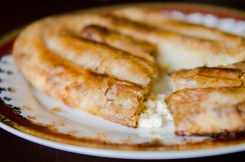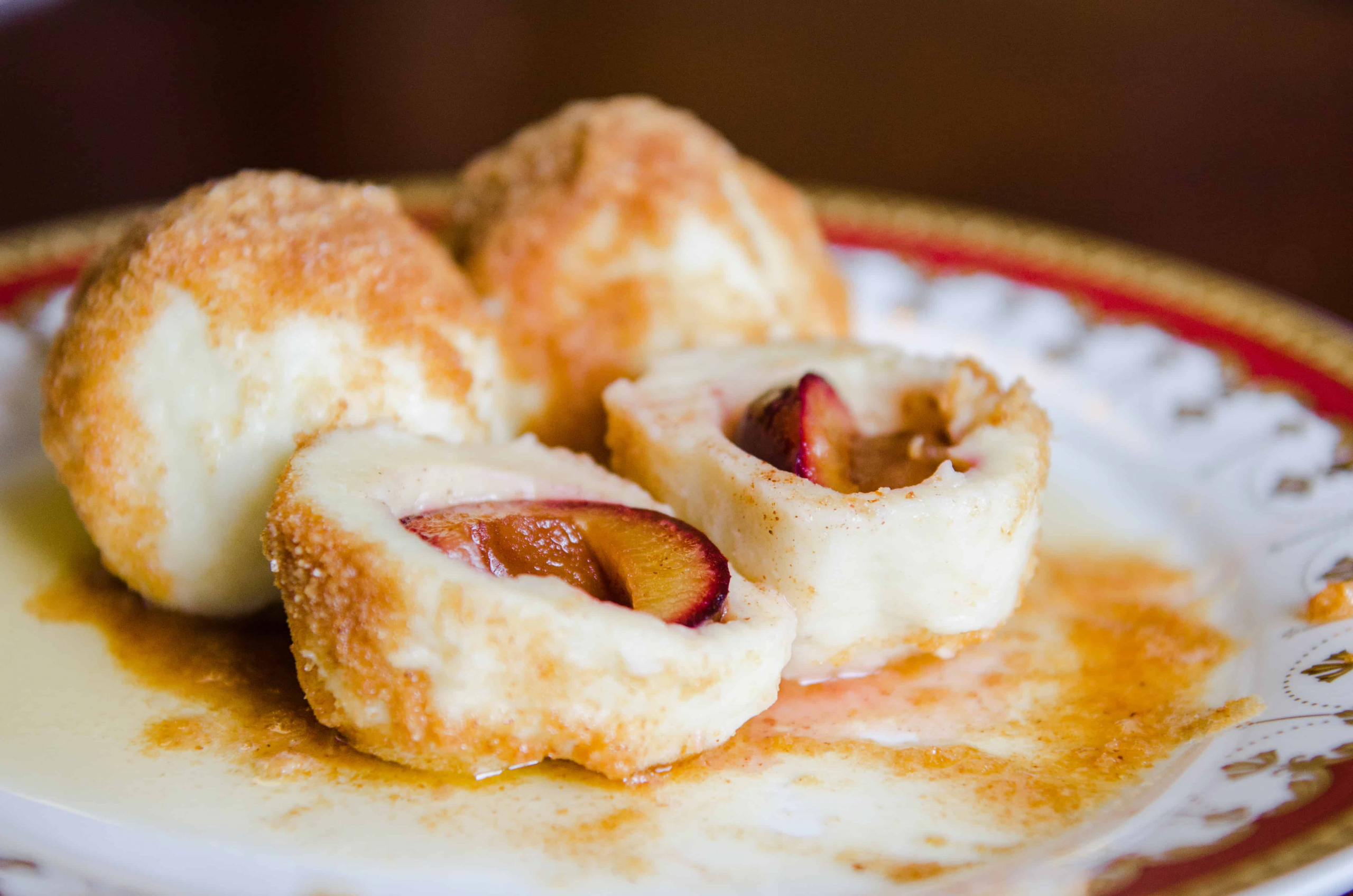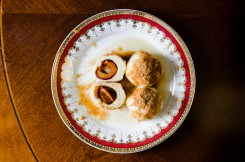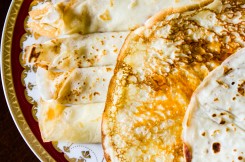“How can you even call yourself Croatian?” was a question I was greeted with nearly every time I had to divulge the details of my diet to family friends as a child and teenager. Constantly interrogated, for many years I absolutely hated eating at functions or in someone else’s home. The concept of vegetarianism confused my parents’ friends, who simply could not comprehend my distaste for the food that they so adored. If I was lucky, they’d offer me bowls of chips to munch on in the tv room, for it was a rare occasion that I’d actually be seated at the dining room table. Having an entire spit-roasted lamb or pig on the table really grossed me out, but since then I’ve learned to accept the overbearing smell of Croatian dietary staples.
In retrospect, it was silly of them to think that food could define just how ethnically-relevant you can be. I went to Saturday language school, sang and danced folklore, and even played the organ in Croatian church. But as soon as someone found out that I didn’t eat meat, well, I was deemed a truly Canadian kid who probably didn’t give a damn about my parents’ heritage. Little did they know, I loved eating every other dish within Croatian culinary culture that my parents had brought with them to Canada.
My mama found ways of catering to my lacto-ovo sensibilities while still staying true to the meat-heavy cuisine of the Southeastern European country. She simply made traditional desserts, albeit much more often than the average Croatian woman.
A trip to Europe when I was 19 was an eye-opening experience for me for loads of reasons. I started to broaden my dietary horizons and notice dishes that overlapped with Croatian food. While staying in a small town in the Austrian province of Styria, I tried something rather familiar called a knödel. Then in Bosnia, I had something called sirnica, which was known to me as burek. I thought, whoa, Croatian food is everywhere! Brate, was I ever mistaken.
Croatia’s geographical location lends itself to influences that stretch across the Adriatic, just over the Drava, and way past the Danube. Because of this, each region enjoys its own culinary traditions. For example, Dalmatian cooking touches upon Italian and French kitchens, whereas Slavonians rely heavily upon Hungarian and Austrian culinary styles. My favourite part of ‘Croatian’ food is obviously the dessert portion of every menu. This can be attributed to my stubbornness and my affinity for sweets, but I’ve happily learned to live with it. And to all those geezers who made me feel badly about not being Croatian enough, have you looked at what’s on your dinner plate?
Knedle are plum-filled potato dumplings that are served as a sweet dish, often eaten as a desserty dinner. Although the spelling is different, they are typical components in the kitchens of Central Europe, popular with the Austrians, Czechs, Germans, Poles, Bosnians, Serbs, Slovenes, Hungarians and Ukrainians, not to mention the Croats.
Palačinke are a perennial favourite all across the Slavic language speaking world, as well as Central Europe. The first time I had heard of someone else knowing what these delicious, crêpe-like pancakes were was when my Polish friend, Maggie, came to my house and saw that my mom was making “naleśniki!” They can be filled with anything your heart desires, but are traditionally rolled with plum, apricot or rosehip jam, or with sugar and ground walnuts. If you wanna get crazy, grab some Nutella or Eurocrem.

Sirnica, or burek sa sirom in Croatian, is a pastry with Turkish origins. BERNARDA GOSPIC / THE VARSITY
Burek are known as sirnica in Bosnia and burek sa sirom in Croatia and Serbia. This baked pastry most likely originated from what is now modern Turkey. Burek is a staple in the cuisines of many countries that were once part of the Ottoman Empire, especially in Northern Africa and the Balkans. The cheese pie, however, was perfected in Bosnia and is very popular in the cuisines of former Yugoslavian republics. If you come from one of these households, you know it’s going to be a good day when you see phyllo dough stretched across an entire kitchen table. Rolled with cottage cheese, these spirals are a savoury treat that can also be made with spinach and potatoes. Dobar tek!




